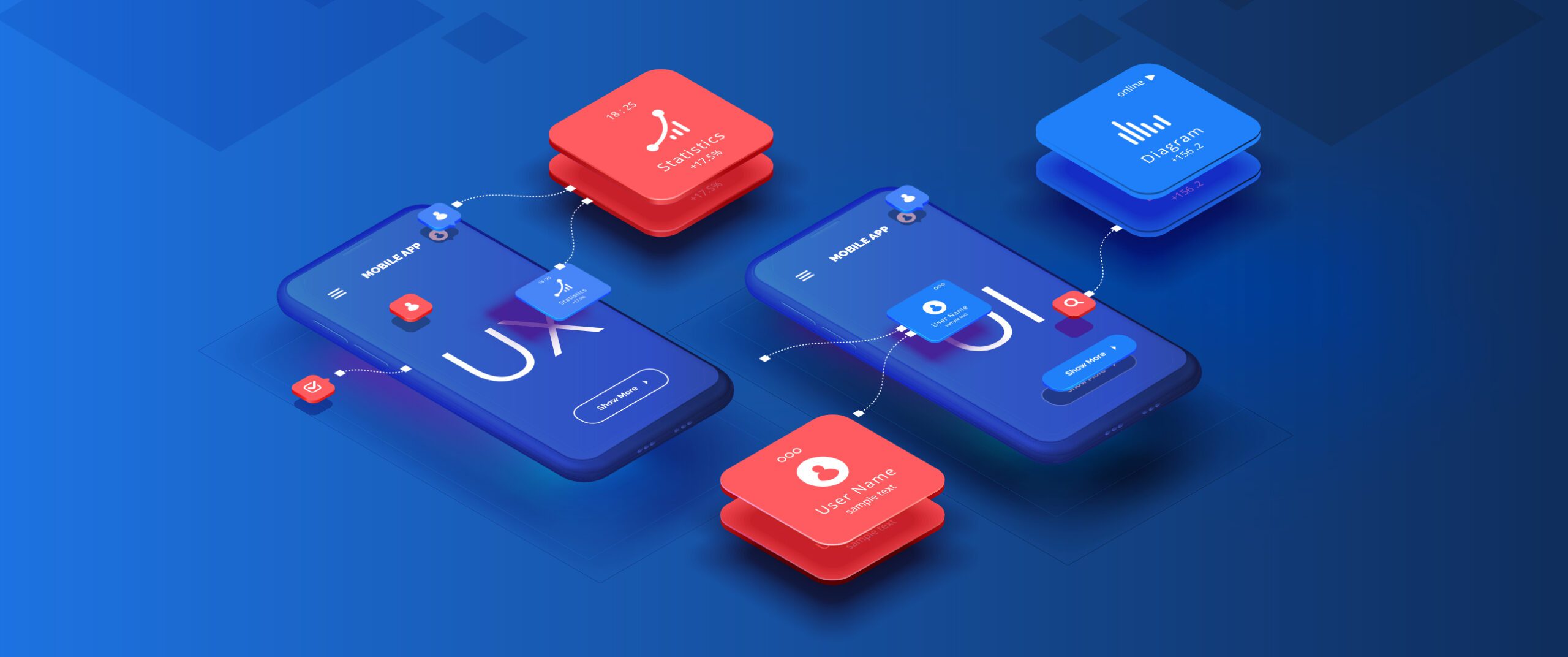Simplicity is often referred to as one of the fundamental principles of UX design.But how can we define and measure design simplicity? And just how crucial is it to UX designers’ work? Following this discovery, we’ll examine the reasons for and against using simplicity in design.
What Exactly is Simplicity in UX Design?
It might be challenging to define and describe simplicity. It can refer to how “clean” the design is, the complexity of the build, how intuitive it is, or how many features are incorporated.
The description he ultimately chose was “giving users what they need, when they need it, in the most straightforward way possible.” This definition will be applied throughout this essay.
But now that we’ve chosen a definition, how can we measure the significance of design simplicity to user experience? And when working on a project, how do we prioritise it amid our other commitments?
The Complexity in Simplicity?
This initially appears to be a contrast. How can designing something straightforward be so challenging?
In the hectic digital world we now inhabit, the problem has only gotten worse. Due to customer demand for integrated software, big data, and the internet of things, among other factors, simple design is becoming more and more challenging because there are more user touch points and factors to take into account.
The urge to keep things simple grows as there are more factors to take into account, making it tougher to do so.
What are the Reasons Which Keeps Things Simple?
Keep it simple for a variety of reasons as a UX designer, including the following:
People’s attention spans are substantially shorter.
Since Google gives us fast access to billions of websites, we want speed and won’t tolerate slow websites that take longer to load.
The designs must be as simple and clear as possible to prevent consumers from feeling overwhelmed and to speed up page loading.
Simpler systems are more user-friendly
According to UX expert Paul Boag, users are brutally preoccupied with completing tasks as soon as possible by taking the “path of least resistance.” According to him, products with the lowest potential barrier to entry will have a competitive edge.
Features are more likely to occur in complex goods.
This is where a product’s features are constantly getting put on without being carefully considered.
When this occurs, the product’s original value is diminished, and the user is overwhelmed by the variety of possibilities.
Simple Design is More Enjoyable
Ten years ago, web forms lacked the visual hints that we take for granted today and were frequently very difficult to complete. A field was frequently missed by the user, and only after they had already clicked “finish form” did they realise it.
Filling out forms may almost be enjoyable these days because to features like anticipatory design, single-field, natural language form interfaces, and a rise in visual prompts.
Contrary to simplistic design
And why wouldn’t you want to keep it straightforward? Here are a few explanations for this:
Simple does not always equate to usability.
Simple can be overrated, according to Don Norman, a founding member of the Nielsen-Norman Group and author of the definition of UX above, because anything that is simple is not always easy to use.
More features are occasionally required.
A mobile phone is used by UXmag as an illustration. Although it would be simpler without a camera, would people genuinely desire one?
The best method to engage users isn’t always to keep things simple.
James Royal-Lawson and Per Axbom examine Paul Boag’s article advocating simplicity in design in this UX podcast and come to the conclusion that UX encompasses much more than just simplification. Understanding users and their goals is a key component of user experience.
People are often emotional rather than rational. Sometimes, rather than just buying the most basic product, customers are really more likely to respond to anything that resonates with them, piques their interest, or makes them chuckle. Because of this, major corporations like Nike frequently utilise a lot of emotionally charged or aspirational imagery.
Products that are overly simplistic occasionally offer bad user experiences.
A product could be oversimplified. This is especially true of mobile apps where functionalities that were included on the desktop website have been drastically reduced.
Today’s users expect to be able to perform all of the functions of a desktop website on their phones, and if they are unable to do so, they perceive a poor user experience. Additionally, it is simple to oversimplify copy, leaving consumers to wonder what they are expected to perform.
Conclusion
In order to make goods as simple and painless to use as possible, simplicity in design clearly has a place in UX.
However, it’s our responsibility as UX designers to watch out that simplicity never results in products being dumbed down, to always include crucial functionality, and to never stop inventing. One of the popular ventures which focus on simplicity is Bubblewrap. Bubblewrap is a subscription based UI UX design services which continuously work towards providing some of the best ui ux designing options. They have a bunch of professional people who work towards your UI UX design making it suitable for your requirements.
Even if you only retain three things,
Recognize the setting: To review Rule 101 of UX, make sure you understand who your target audience is, how they want to use the product, and what they hope to accomplish.
Remember that not everything needs to be overly basic; some goods can be complex. Make them as entertaining for the user as you can, instead.
Be ready to iterate: It takes time and numerous iterations to get simple right. Use user research to confirm that the original idea has not been lost due to oversimplification.








